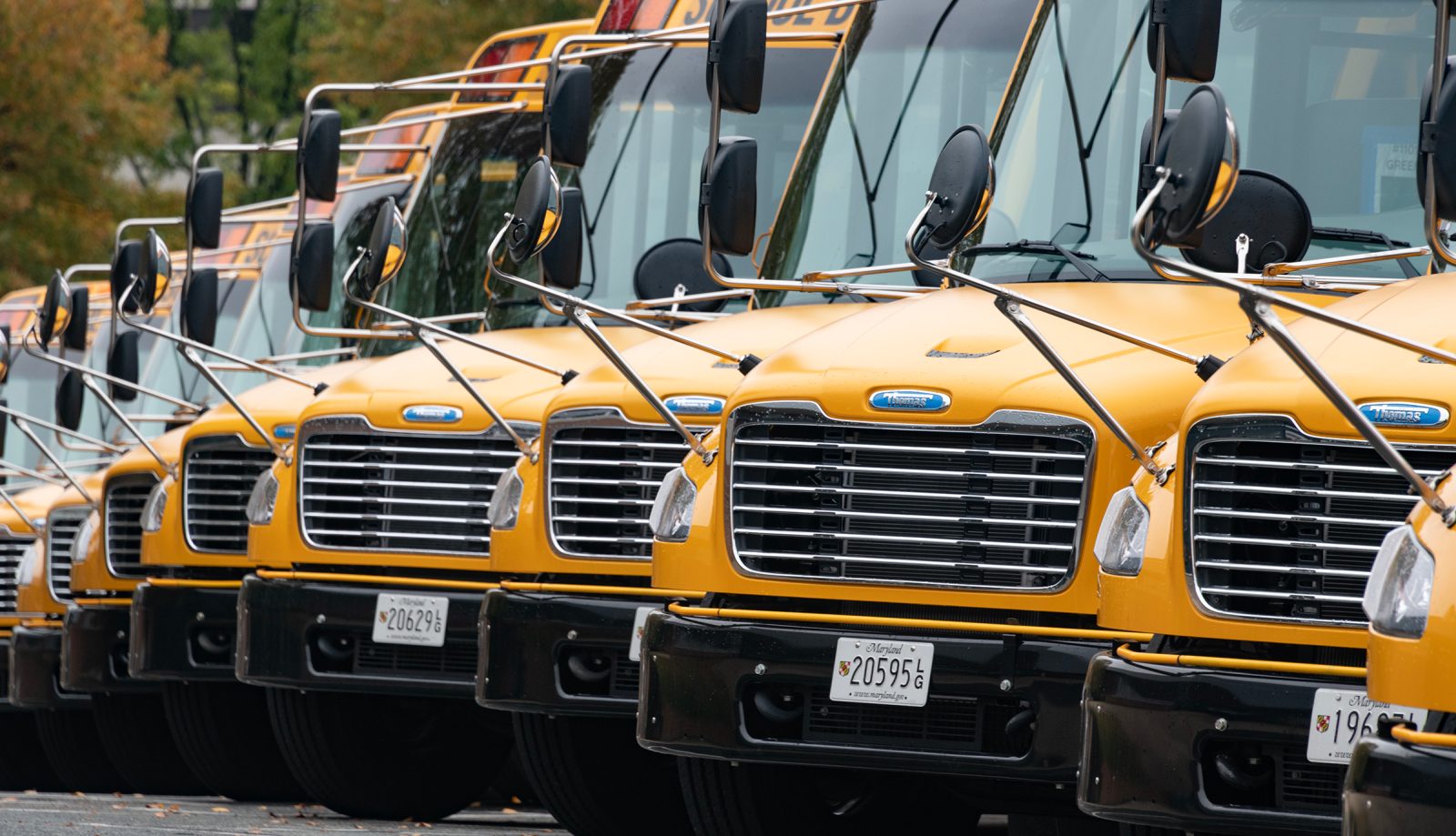
The US Environmental Protection Agency (EPA) just announced the availability of $400 million for clean school buses – the first round of funding available as grants. This is how the money is going to be distributed.
Why the electric school bus grant program matters
The Clean School Bus program, a part of President Joe Biden’s Bipartisan Infrastructure Law, was launched in May 2022. The Bipartisan Infrastructure Law of 2021 authorized the EPA to offer rebates in 2022 to replace diesel school buses with what the EPA calls “clean and zero-emission (ZE) models.” Electric buses are being prioritized over alternative fuels in the 2023 grant program as well.
As the Environmental Defense Fund noted in an email to us today, across over 2,000 applications in the 2022 Rebate Program, more than 90% of buses requested in the first round were for zero-emission electric buses, with under 9% for propane buses and 1% for compressed natural gas buses.
That’s because electric school buses are more fuel-efficient and cheaper on a lifetime basis, and, above all, they’re the safest option for children because they don’t release direct tailpipe pollution.
In a statement emailed to Electrek this afternoon, Kevin Matthews, head of electrification at First Student, the largest operator of electric school buses in North America, said:
Replacing just one diesel school bus with an electric school bus can reduce greenhouse gas emissions by 54,000 pounds each year, improving health outcomes for children and communities.
How the money will be allocated
Electrek asked Matt Stanberry, vice president at Highland Electric Fleets, to explain what the difference is between the first and second round process in the Clean School Bus Program. Here’s what he had to say:
The second round [the 2023 Grant Program] is completely different from Round 1 [the 2022 Rebate Program]. Whereas Round 1 was a rebate awarded by random lottery, Round 2 will be a grant awarded by competitive application. Round 1 had minimal application requirements (the EPA received almost 2,000 applications and delivered around 400 awards worth nearly $1 billion); Round 2 has very detailed application requirements, and the EPA anticipates 25-50 awardees will be awarded a total of around $400 million.
While the EPA wants to continue to serve historically under-resourced communities in Round 2, the EPA is also looking to deploy fleets at scale this round. Round 1 applications were also capped at 25 buses and had no minimums, while this time there are minimums of 15 or 25 and maximums of 50 or 100, depending on whether a district or third party is the lead applicant.
Competitive applications in this round will be awarded points on how well they can demonstrate: cost-share (i.e., show that a district is able to contribute dollars to the project through a private sector partner or another funding source); relevant experience and expertise (e.g., that a district has undertaken electrification projects); high probability of a successful deployment (i.e., that a district can show how it will measure real metrics and why its project has a good chance of succeeding); and air quality and sustainability benefits. All of these factors are new in comparison to Round 1.
Due to shifts in solar policy, renters and homeowners in certain states now have access to subscribe to a local community solar farm. Community solar typically saves you 5-15% depending on where you live, it’s quick and easy to sign up (no upfront costs), and there’s no need for any installation of panels on your property. Save money and help the environment by utilizing the EnergySage Community Solar Marketplace to explore all the solar farms available to you. They even have dedicated Energy Advisors to answer any questions you have about community solar and help you sign up! Subscribe and save here.
FTC: We use income earning auto affiliate links. More.



Comments